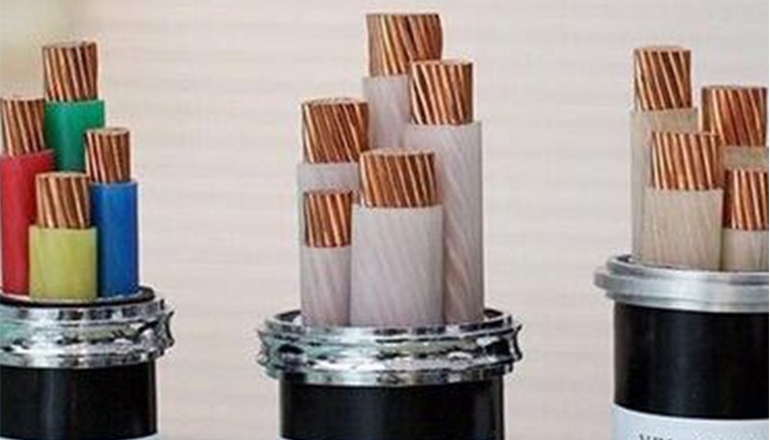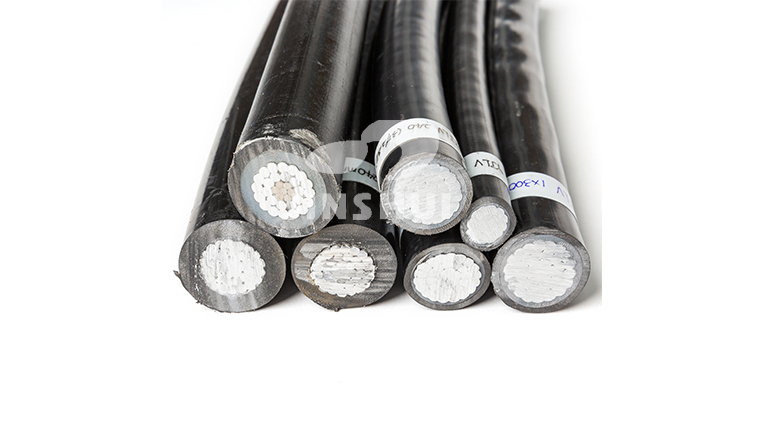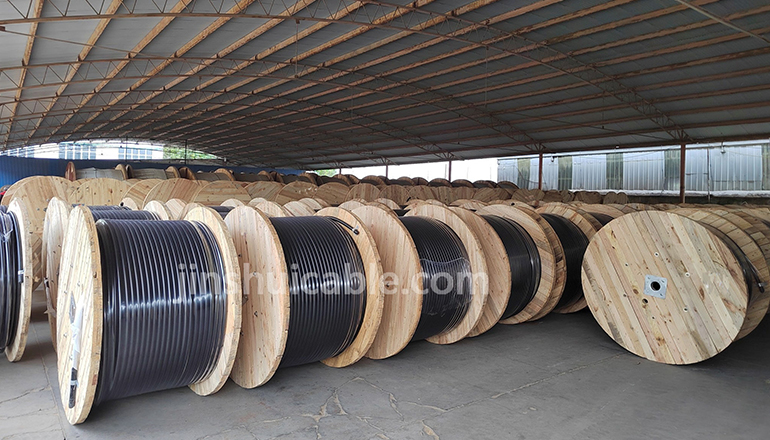- Offices Time:24 Hours Online
- Email:[email protected]
- WhatsApp:+8618339938759
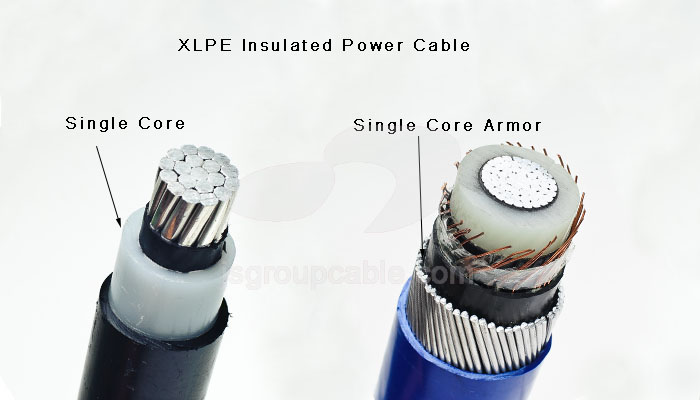
Posted on February 16, 2023
Introduction of XLPE insulated power cable
XLPE (cross-linked polyethylene) insulated power cables are an essential component of modern electrical power transmission and distribution systems. They are used to carry electrical power from generators and transformers to various load centers such as homes, businesses, and factories. XLPE insulated cables offer several advantages over traditional cables, including better electrical properties, higher current-carrying capacity, greater resistance to moisture, and improved mechanical strength. This essay will explore the properties and applications of XLPE insulated power cables in detail.
Properties of XLPE Insulated Power Cables
XLPE insulated power cables are made from high-quality copper or aluminum conductors that are surrounded by a layer of cross-linked polyethylene insulation. This insulation is formed by subjecting the polyethylene to a process of cross-linking, which creates a three-dimensional network of molecular bonds. This process gives the insulation superior mechanical and electrical properties, including high tensile strength, excellent thermal stability, and resistance to heat, moisture, and chemicals.
XLPE insulation also offers higher dielectric strength than other types of insulation, allowing for a smaller cable size and lower overall cost. The insulation is also less susceptible to partial discharges, which can cause damage to the cable over time. This makes XLPE cables ideal for high voltage applications.

Applications of XLPE Insulated Power Cables
XLPE insulated power cables are used in a wide range of applications, from residential and commercial buildings to industrial plants and power generation facilities. They are suitable for both underground and overhead installations, and are often used in harsh environments such as chemical plants, oil refineries, and mining operations.
One of the primary uses of XLPE insulated power cables is in high voltage transmission and distribution systems. These systems are used to transport electrical power from power generation plants to substations, where the voltage is then stepped down to a lower level for distribution to homes and businesses. XLPE cables are ideal for this application because they can carry higher currents at lower voltages, reducing the amount of energy lost during transmission.
XLPE cables are also commonly used in medium voltage applications, such as in industrial plants and commercial buildings. These cables are often used to power large motors, pumps, and other equipment that requires a high current draw. The superior mechanical and electrical properties of XLPE insulation make these cables well-suited to handle the demands of these types of applications.
Advantages of XLPE Insulated Power Cables
XLPE insulated power cables offer several advantages over other types of cables, including traditional PVC (polyvinyl chloride) insulated cables. Some of the key advantages of XLPE cables include:
1.Higher current carrying capacity: XLPE insulation has a higher thermal rating than PVC, allowing the cable to carry more current without overheating.
2.Improved resistance to moisture: XLPE insulation is more resistant to moisture than PVC, reducing the risk of cable failure in wet environments.
3.Greater mechanical strength: XLPE insulation is more resistant to abrasion and tearing than PVC, making the cable more durable and less likely to fail due to mechanical stress.
4.Lower overall cost: XLPE cables can be smaller in diameter than equivalent PVC cables, reducing the amount of material required and lowering the overall cost of the cable.
XLPE insulated power cables can be laid in various methods depending on the installation requirements and the environment.
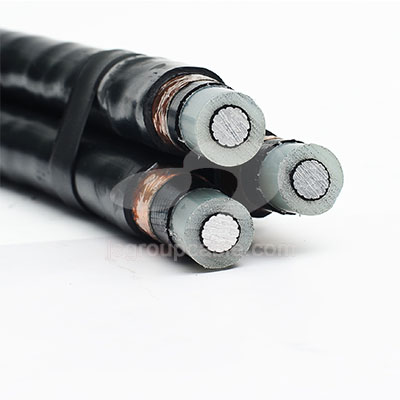
Here are some common laying methods for XLPE insulated power cables:
1.Direct Burial
This method involves burying the cable directly in the ground without any conduit or protection. It is the most economical method and suitable for low-voltage power cables in areas with low mechanical stress.
2.Conduit Installation
This method involves laying the cable inside a conduit or a pipe. It provides mechanical protection and is suitable for areas with high mechanical stress, corrosive environment, or areas where the cable needs to be easily accessible for maintenance.
3.Duct Installation
This method involves laying the cable inside a duct or a pipe. It is similar to conduit installation but provides additional protection against moisture and dirt. It is suitable for areas with high moisture or underground installation.
4.Tray Installation
This method involves laying the cable inside a cable tray or a basket. It provides mechanical protection and is suitable for areas where the cable needs to be elevated, such as indoor installations.
5.Aerial Installation
This method involves suspending the cable overhead on poles or towers. It is suitable for power transmission and distribution in remote areas where it is difficult to lay cables underground.
The selection of the laying method depends on factors such as the voltage level of the cable, the environment, the mechanical stress, and the accessibility for maintenance.
The superior electrical and mechanical properties of XLPE insulated power cables make them ideal for a wide range of applications from high voltage transmission to industrial and commercial power distribution. Excellent performance makes it a popular choice for many different applications. As technology continues to evolve, XLPE insulated power cables are likely to continue to play a key role in delivering electricity to homes, businesses and industries around the world.
Post categories
Most Popular Posts
-
The 135th China Canton Fair
March 20, 2024 -
What are the laying methods of copper core wires and cables?
January 9, 2024 -
What are the advantages of aluminum conductor cables?
December 14, 2023 -
Characteristics of high temperature wires and cables
December 7, 2023



